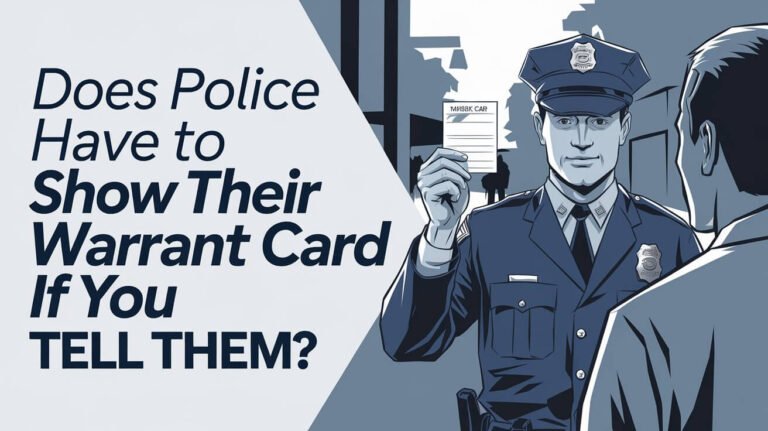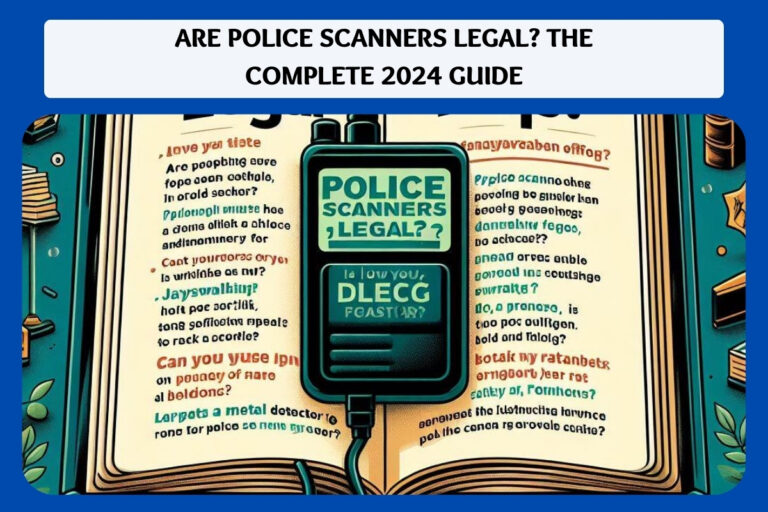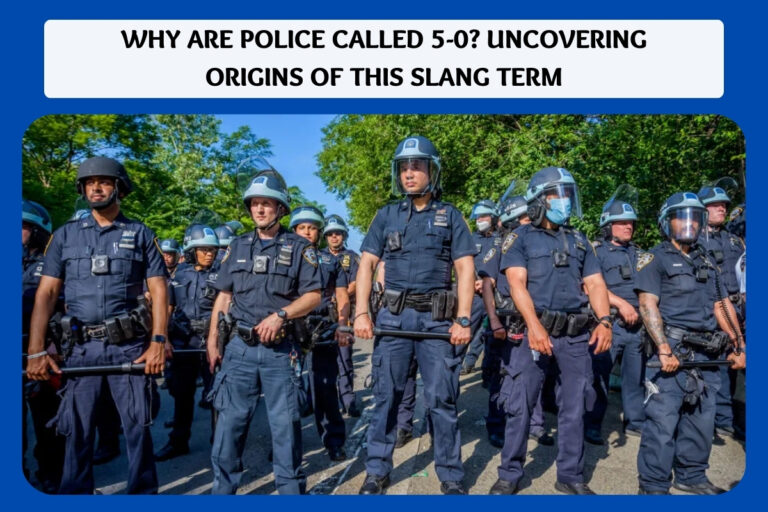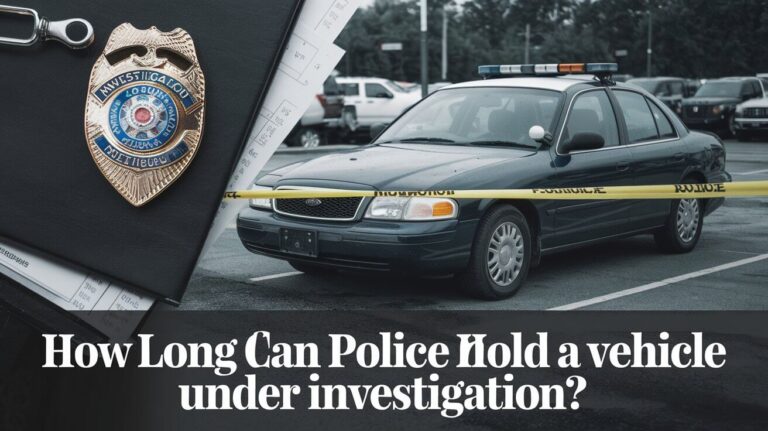What Police Department Town Use Facial Recognition Nj?
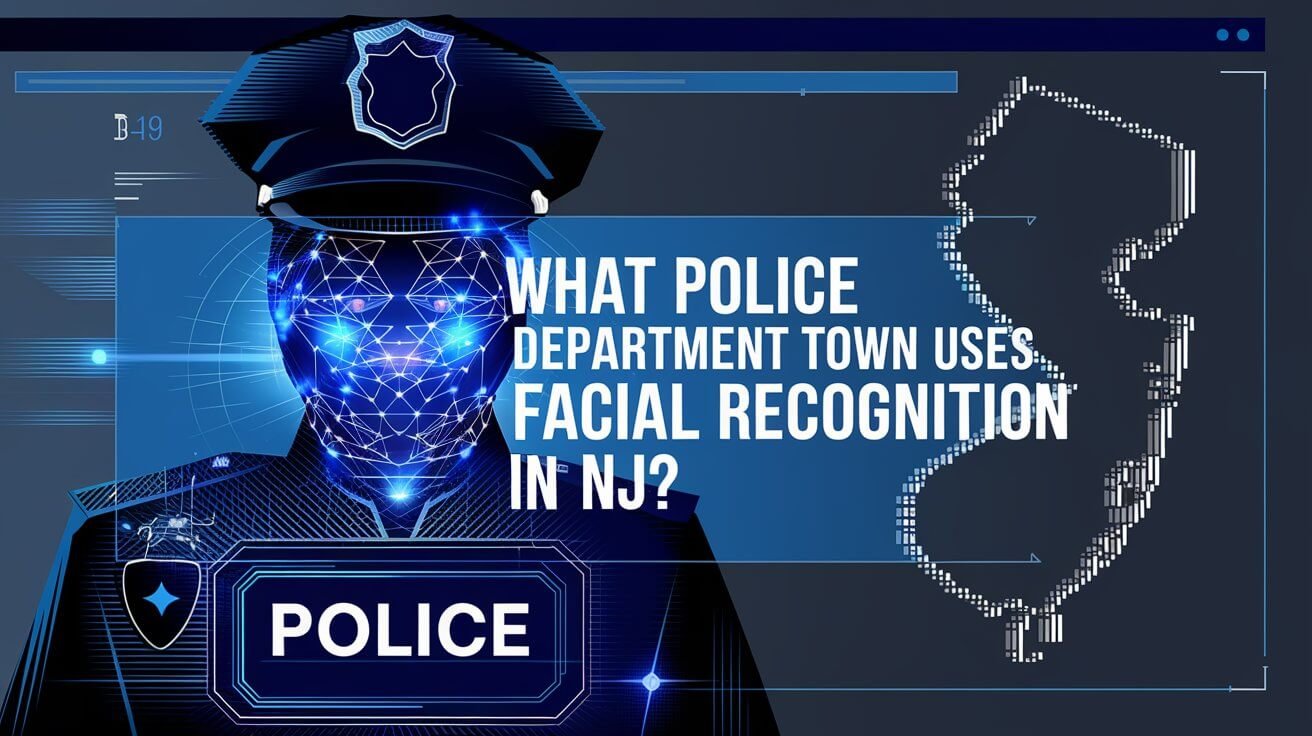
In New Jersey, police are looking into facial recognition tech to help them. The South Orange Police Department thought about it but decided not to. They worried it might not work well for people of color.
Facial recognition tech is useful for police, but it also raises big questions about rights. Some police in New Jersey use it, while others don’t.
The debate over facial recognition tech in New Jersey is ongoing. Some see it as a helpful tool, while others worry about its impact on minorities. It’s been shown to sometimes mistake people of color, causing more concerns.
Despite these worries, some police in New Jersey keep using facial recognition tech. They believe it helps them do their job better.
Current Status of Facial Recognition Technology in New Jersey Law Enforcement
Facial recognition technology is used by law enforcement in New Jersey. But, it’s not used everywhere. Some departments use it, while others don’t because of concerns about civil rights and liberties.
The debate about facial recognition technology in New Jersey is ongoing. Some see it as a useful tool for solving crimes. Others worry it could harm civil liberties, mainly in communities of color.
Active Implementation Areas
In New Jersey, facial recognition technology is used in some places. Here are a few examples:
- Teaneck has banned police from using facial recognition technology due to civil rights concerns.
- In Woodbridge, a man was wrongly arrested because of a facial recognition mistake.
Technology Infrastructure
The tech behind facial recognition includes software and databases. It also has real-time capabilities. This allows for quick identification of individuals.
Deployment Statistics
But, we don’t know much about how facial recognition is used in New Jersey yet. More research is needed to understand its benefits and risks.
New Jersey Police Departments Using Facial Recognition Systems
Many police departments in New Jersey are using facial recognition systems. This technology is not common yet, but some are starting to use it. For example, the South Orange Police Department has a Digital Video System. It includes cameras and software for facial recognition.
Some notable police departments in New Jersey that have considered or implemented facial recognition systems include:
- South Orange Police Department: uses a Digital Video System with facial recognition capabilities
- Teaneck Police Department: banned the use of facial recognition technology in 2021 due to concerns about civil rights
Facial recognition systems can be helpful for police. But, there are worries about their accuracy, mainly for people of color. It’s important for New Jersey police to think carefully about using this technology. They should make sure it’s used in a way that’s fair and open.
| Police Department | Facial Recognition System | Status |
|---|---|---|
| South Orange Police Department | Digital Video System | Implemented |
| Teaneck Police Department | None | Banned |
Technical Components of Police Facial Recognition Programs
Police departments use facial recognition programs with many technical parts. These parts help identify and track people. The software has algorithms for finding faces and linking with databases. For example, the South Orange Police Department uses Digital Video System for facial recognition and database linking.
The tech behind facial recognition is complex. It includes database linking for storing and getting facial data. This data helps identify people in real-time. It’s great for watching over areas and solving crimes. Police use it to make their work better and keep people safe.
Software Platforms
Software is key in facial recognition programs. It has the tools and algorithms needed to spot people. These platforms work with databases, making it easier for police to use the data.
Database Integration
Linking databases is a big part of facial recognition tech. It lets police store and find facial data. This data is used to spot people right away, helping police do their job better.
Real-time Capabilities
Facial recognition tech can spot people as they move. This is good for keeping an eye on areas and solving crimes. It works with other tools like traffic cameras to keep everyone safe.
| Technical Component | Description |
|---|---|
| Software Platforms | Algorithms for identifying individuals and integrating with existing databases |
| Database Integration | Storage and retrieval of facial recognition data |
| Real-time Capabilities | Identification of individuals in real-time for surveillance and investigation purposes |
Knowing how facial recognition works helps police use it better. It’s a big help for keeping communities safe. Facial recognition gives police the tools they need to track and identify people well.
Privacy Safeguards and Public Rights in NJ Facial Recognition
Facial recognition technology by law enforcement in New Jersey sparks privacy and public rights concerns. The ACLU of New Jersey believes it threatens civil rights and liberties. This includes the right to privacy and freedom of speech.
Some major worries about facial recognition technology are:
- Privacy safeguards: There’s a lack of rules and laws for law enforcement using facial recognition.
- Public rights: It could violate individuals’ right to privacy and freedom of speech.
- Facial recognition: The technology’s accuracy and reliability, mainly when used in real-time.
To tackle these issues, lawmakers have suggested new rules and laws. For instance, Newark has a law. It stops law enforcement from using facial recognition without a warrant.
| Concerns | Proposed Solutions |
|---|---|
| Privacy safeguards | Regulations and laws governing the use of facial recognition technology |
| Public rights | Ordinances prohibiting the use of facial recognition technology without a warrant |
| Facial recognition | Regular audits and testing to ensure the accuracy and reliability of facial recognition technology |
Success Rates and Case Studies from NJ Departments
Facial recognition technology has helped many New Jersey police departments solve crimes. The South Orange Police Department, for example, has used it to catch suspects in real-time. This has been key in solving crimes like robberies and burglaries.
Case studies show facial recognition’s power in law enforcement. It has helped identify suspects in violent crimes, leading to arrests and convictions. But, it’s important to think about its downsides, like error rates and bias.
Notable Arrests and Investigation Breakthroughs
Facial recognition has led to many arrests. It allows police to quickly identify suspects. It has also helped solve burglaries and robberies, solving cases that might have gone cold.
Error Rate Analysis
Facial recognition’s promise in law enforcement is clear, but its error rates are a concern. Studies show it can be less accurate for women and minorities. It’s vital to check how well it works and fix any biases.
| Department | Success Rate | Notable Cases |
|---|---|---|
| South Orange Police Department | High | Robbery, Burglary |
| Newark Police Department | Moderate | Violent Crimes |
Looking at New Jersey’s success with facial recognition, it’s clear it’s a useful tool. But, we must also think about its downsides. We need to make sure it’s used right and fairly.
Cost Analysis of Facial Recognition Implementation
The cost of facial recognition technology varies. It depends on the system and infrastructure used. For instance, buying and setting up cameras and software can cost from tens of thousands to hundreds of thousands of dollars. Training law enforcement and keeping the system running also add to the cost.
When analyzing the cost of facial recognition, consider its benefits. These include better public safety and lower crime rates. Key factors in the analysis are:
- Hardware and software costs
- Training and personnel costs
- Maintenance and upkeep costs
- Potential cost savings from reduced crime rates
Law enforcement agencies can make smart choices with a detailed cost analysis. The investment in facial recognition technology is significant. Yet, its benefits to public safety and crime reduction are worth considering.
| Cost Factor | Estimated Cost |
|---|---|
| Hardware and software | $50,000 – $200,000 |
| Training and personnel | $10,000 – $50,000 |
| Maintenance and upkeep | $5,000 – $20,000 |
Public Response to Police Facial Recognition in New Jersey
The use of police facial recognition technology in New Jersey has caused a big stir. Many people are worried about how it might affect their civil rights and freedoms. The ACLU of New Jersey believes facial recognition technology is a danger to these rights, including privacy and freedom of speech.
There have been cases where facial recognition technology got things wrong. For example, Nijeer Parks, a 33-year-old man, was wrongly arrested in Woodbridge, New Jersey. This and other cases have led to calls for better oversight and rules on police facial recognition technology in New Jersey.
Community Concerns and Civil Rights Discussions
People and civil rights groups are worried about facial recognition technology’s impact on communities of color and other marginalized groups. In response, some towns like Teaneck have banned police from using facial recognition technology. The New Jersey Attorney General has also stepped in, banning the use of Clearview AI, a powerful facial recognition tool.
The public’s reaction to police facial recognition in New Jersey shows we need to keep talking about it. As facial recognition technology keeps getting better, we must make sure it respects everyone’s rights and freedoms.
| Location | Facial Recognition Policy |
|---|---|
| Teaneck | Banned the use of facial recognition technology by law enforcement |
| Woodbridge | False arrest of Nijeer Parks based on facial recognition software |
| New Jersey State | Banned the use of Clearview AI by law enforcement |
Legal Framework for NJ Police Facial Recognition Use
The laws around police facial recognition in New Jersey are changing. For instance, Newark has a rule against police using facial recognition without a warrant. This shows how the legal side of this technology is growing.
The New Jersey Legislature is working on laws to control how police use facial recognition. They want to make sure police get a warrant before using it. Key points in this legal framework include:
- Rules for when police can use facial recognition technology
- Need for a warrant before using it
- Protecting privacy and civil rights
As facial recognition technology becomes more common, it’s vital to have clear laws. This ensures police use it in a way that respects people’s rights and keeps everyone safe.
| Proposed Bill | Purpose |
|---|---|
| S1715 | To restrict governmental entities from using facial recognition technology |
| New bill in development | To include restrictions on private entities using facial recognition technology |
Integration with Other Surveillance Systems
Facial recognition technology works better when it’s part of a bigger surveillance system. This helps law enforcement see public safety more clearly. For example, the South Orange Police Department uses a Digital Video System. It has cameras and software for facial recognition and connects with other systems like traffic cameras and mobile units.
This connection lets police track people and cars live. It’s great for keeping an eye on things and solving crimes. Some systems that work well with facial recognition include:
- Traffic cameras
- Mobile units
- Security networks
The New York State Department of Motor Vehicles is adding 8000 new photos every day to its facial recognition database. It already has 16 million photos. This makes it easier for police to find and catch people.
| Surveillance System | Integration with Facial Recognition |
|---|---|
| Traffic Cameras | Real-time tracking of individuals and vehicles |
| Mobile Units | Enhanced surveillance and investigation capabilities |
| Security Networks | Comprehensive view of public safety and security |
Impact on Crime Rates and Public Safety
Facial recognition technology in New Jersey has greatly affected crime rates and public safety. The violent victimization rate in the U.S. rose to 23.5 per 1,000 people in 2022. This shows the need for tools like facial recognition to fight crime.
Facial recognition technology offers several benefits for public safety. It helps identify suspects quickly, improves investigations, and deters crime. It also leads to lower crime rates where it’s used.
But, there are also downsides to consider. There are worries about the technology’s accuracy and bias. A study showed it’s very accurate for light-skinned people but not for black faces. The error rate for black faces, mainly women, was between 20% and 34%.
| Year | Violent Victimization Rate |
|---|---|
| 2021 | 16.5 per 1,000 people |
| 2022 | 23.5 per 1,000 people |
The effect of facial recognition technology in New Jersey is complex. It has the power to enhance public safety. Yet, we must tackle issues of accuracy and bias to use it fairly and effectively.
Final Verdict
Facial recognition technology in New Jersey law enforcement is growing. It’s important to find a balance between keeping people safe and protecting individual rights. This technology could help solve crimes and make communities safer. But, it also raises big questions about privacy, civil liberties, and the chance of mistakes.
The ban on Clearview AI’s facial recognition tool shows New Jersey’s efforts to tackle these issues. The state is listening to the public through the Attorney General’s office. Policymakers and law enforcement need to create clear rules for using this technology. They must make sure it’s fair and doesn’t harm anyone’s rights.
The debate on facial recognition in law enforcement is ongoing. It’s vital to listen to and consider the views of all communities. Being open, accountable, and having strong checks in place will help build trust. This way, the technology can help keep us safe without hurting our basic rights.
Common Queries
What police departments in New Jersey are using facial recognition technology?
In New Jersey, not many police departments use facial recognition yet. But, some like the South Orange Police Department have started. They use a Digital Video System with cameras and software for facial recognition.
What is the current status of facial recognition technology in New Jersey law enforcement?
Facial recognition technology is a big topic in New Jersey law enforcement. Some departments use it, while others don’t because of concerns. The technology includes software and databases, but its use is not widespread.
What are the technical components of police facial recognition programs in New Jersey?
The tech behind facial recognition in New Jersey includes software and databases. The software uses algorithms to find people. The databases store and get facial data.
What privacy safeguards and public rights are in place for facial recognition use by New Jersey police?
Facial recognition raises privacy concerns in New Jersey. The ACLU of New Jersey says it threatens civil rights. Some lawmakers want to control its use, like Newark’s ban without a warrant.
What are the success rates and case studies from New Jersey departments that have used facial recognition technology?
Facial recognition has helped solve crimes in New Jersey. It’s been used to catch suspects in real-time. But, there are worries about its accuracy and more research is needed.
What is the cost of implementing facial recognition technology for New Jersey police departments?
The cost of facial recognition varies. It depends on the system and infrastructure. The price includes cameras, software, and training, with ongoing costs too.
How has the public responded to police use of facial recognition in New Jersey?
The public in New Jersey has mixed feelings about facial recognition. Some are worried about civil rights, while others see it as a safety tool.
What is the legal framework for facial recognition use by New Jersey police?
New Jersey’s laws on facial recognition are changing. For example, Newark has banned it without a warrant. The state Legislature is also considering new rules.
How is facial recognition technology integrated with other surveillance systems in New Jersey?
Facial recognition works better with other surveillance systems. For example, the South Orange Police Department’s Digital Video System integrates with traffic cameras and more. This gives a better view of public safety.
What impact has facial recognition technology had on crime rates and public safety in New Jersey?
Facial recognition has helped solve crimes in New Jersey. It’s been used to catch suspects and has helped lower crime rates. People are less likely to commit crimes if they know they can be identified.



